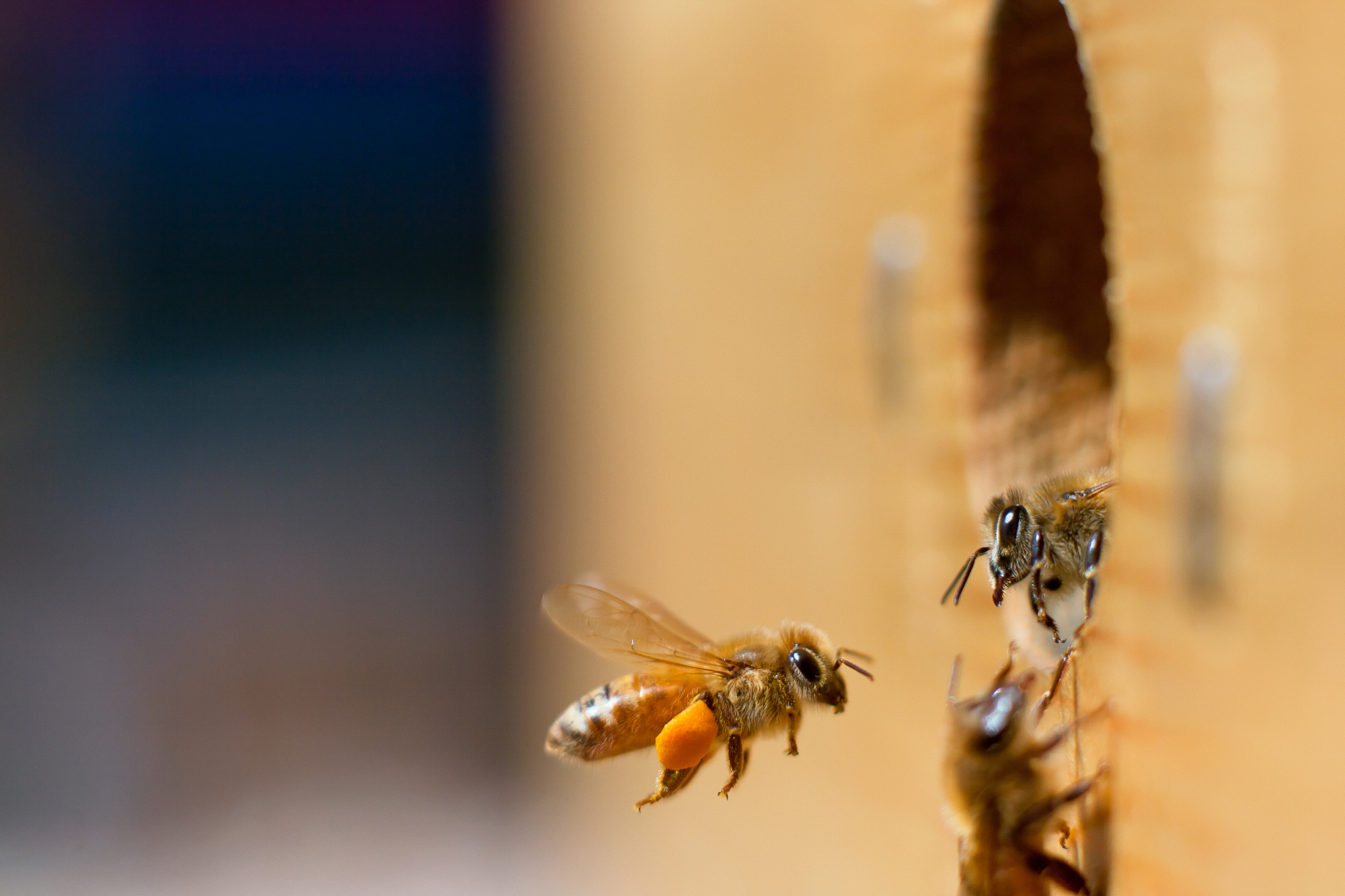
In the fascinating world of beekeeping, understanding the behavior and communication of bees is key to maintaining their health and maximizing honey production. Whether you’re a seasoned beekeeper or just starting your journey, delving into the art of bee whispering will unveil a whole new level of connection with these remarkable creatures. By tuning in to their subtle cues and decoding their intricate dances, you’ll be able to navigate their complex social structure and create a harmonious relationship that benefits both you and the bees. Get ready to unlock the secrets of bee behavior and communication, and embark on an enlightening journey into the world of the honeybee.
1. Importance of Bee Whispering
1.1 Enhancing Beekeeping Practices
Bee whispering is a skill that can greatly enhance the practice of beekeeping. By understanding the behavior and communication of bees, beekeepers can better manage their hives and ensure the health and productivity of their colonies. The ability to communicate with bees in a calm and respectful manner allows beekeepers to work harmoniously with the bees, minimizing stress and disturbance.
1.2 Promoting Bee Conservation
Bee whispering goes beyond just the practical aspects of beekeeping. It also plays a crucial role in promoting bee conservation. By understanding and respecting the natural behavior of bees, beekeepers can create an environment that is conducive to their well-being. This includes providing ample food sources, minimizing the use of pesticides, and creating habitats that support pollinators. Through bee whispering, beekeepers can not only protect the bees in their care but also contribute to the overall conservation efforts for these vital pollinators.
1.3 Understanding Pollination Process
One of the key reasons why bee whispering is important is its role in understanding the pollination process. Bees are crucial pollinators, playing a significant role in the reproduction of flowering plants. Through their whispering techniques, beekeepers can gain insights into the behavior of bees during the pollination process. This knowledge can help in identifying the specific plants and flowers that bees are attracted to, allowing beekeepers to create diverse and abundant forage options for their colonies. Understanding the pollination process through bee whispering can also assist in optimizing agricultural practices, ensuring high crop yields and healthy ecosystems.
2. Bee Behavior: An Overview
2.1 Social Structure of Bees
To effectively communicate with bees, it is essential to have a basic understanding of their social structure. Bees live in highly organized colonies, with each member having specific roles and responsibilities. The hive consists of the queen bee, worker bees, and drones. The queen bee is responsible for reproduction, while worker bees perform various tasks such as foraging, nursing, and hive maintenance. Drones, on the other hand, are male bees whose primary role is to mate with the queen. By understanding this social structure, beekeepers can better interpret the behavior and needs of their colonies.
2.2 Roles and Responsibilities in the Hive
Within the hive, each bee has specific roles and responsibilities. Worker bees are the backbone of the colony, performing tasks such as gathering nectar and pollen, constructing honeycombs, nursing larvae, and defending the hive. The queen bee, as mentioned earlier, is responsible for reproduction and laying eggs. Drones, although they don’t contribute directly to the functioning of the hive, play a crucial role in mating with queens from other colonies. Understanding these roles and responsibilities is essential for bee whisperers, as it allows them to identify abnormal behavior or signs of distress in their colonies.
2.3 Instincts and Communication
Bees have a complex system of instincts and communication methods that allow them to thrive as a cohesive unit. These instincts are hardwired into their genetic makeup and play a vital role in their survival. Through chemical signals known as pheromones, bees can communicate various messages within the hive. Additionally, bees perform intricate dances known as waggle dances to communicate the location of food sources to other members of the colony. By understanding these instincts and communication methods, beekeepers can effectively communicate with the bees and respond to their needs in a way that promotes their well-being.
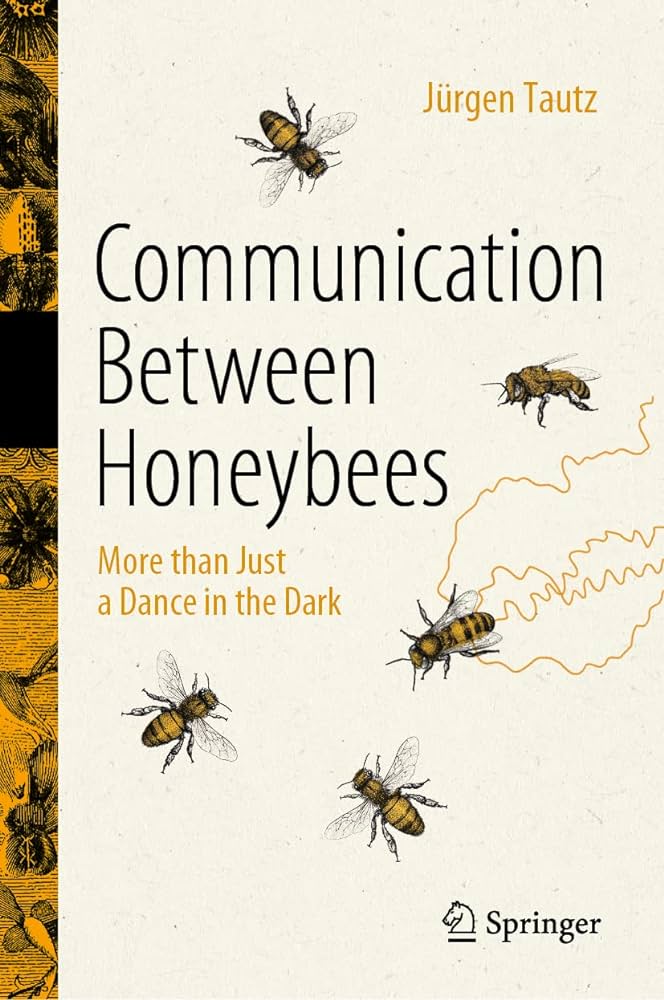
This image is property of Amazon.com.
3. Communication within the Hive
3.1 Types of Bee Communication
Communication is a fundamental aspect of bee behavior, and bees employ various methods to convey information within the hive. The primary modes of communication include chemical signals, tactile contact, and elaborate dances. Chemical signals, in the form of pheromones, are used to communicate important messages such as the presence of the queen, the need for swarming, or the detection of predators. Tactile contact, through physical interactions such as antennal contacts, can convey information about food sources and potential threats. The most fascinating form of communication is the waggle dance, which will be explored in more detail in the next section.
3.2 Pheromones: Chemical Signals
Pheromones play a crucial role in bee communication and are used by bees to transmit messages to other members of the colony. Each pheromone has a specific function and is responsible for conveying different types of information. For example, the queen pheromone is released by the queen bee to maintain cohesion within the hive, while the alarm pheromone is released when bees perceive a threat. By understanding the different pheromones and their functions, beekeepers can interpret the messages being communicated by their colonies and respond accordingly.
3.3 Waggle Dance: A Vibrant Language
The most captivating form of communication within the bee colony is the waggle dance. This elaborate dance performed by worker bees conveys the location and quality of food sources to other members of the hive. By wagging their bodies and performing specific movements, bees indicate the direction of the food source and its distance relative to the hive. These dances are a fascinating example of the complexity of bee communication and allow beekeepers to gain insights into the foraging behavior of their colonies. By deciphering and interpreting these dances, beekeepers can optimize the placement of hives and provide a diverse range of forage options for their bees.
4. Recognizing Bee Moods and Behavior
4.1 Identifying Aggressive Behavior
As a bee whisperer, it is essential to be able to recognize aggressive behavior in bees. Bees can become aggressive when they feel threatened or when their hive is disturbed. Signs of aggression include a large number of bees flying in a defensive manner, increased buzzing volume, and stinging behavior. By being able to identify these signs, beekeepers can take appropriate measures to ensure their safety and minimize stress on the bees.
4.2 Calming Techniques
When dealing with aggressive or distressed bees, calming techniques become invaluable. By remaining calm and composed, beekeepers can transmit a sense of calmness to the bees. Smoking the hive with a beekeeping smoker is a common technique used to induce a state of calmness in the bees. The smoke masks pheromones produced by the bees, thereby disrupting their communication and reducing their defensive reactions. Additionally, slow and deliberate movements can help create a sense of tranquility in the hive.
4.3 Reading Body Language
Bees communicate not only through sounds and chemical signals but also through their body language. By observing the body language of bees, beekeepers can gain insights into their mood and behavior. For example, bees that are fanning their wings indicate a need for better ventilation within the hive, while bees performing grooming behaviors may be exhibiting signs of stress or discomfort. By honing their skills in reading bee body language, beekeepers can respond promptly and appropriately to the needs of their colonies.
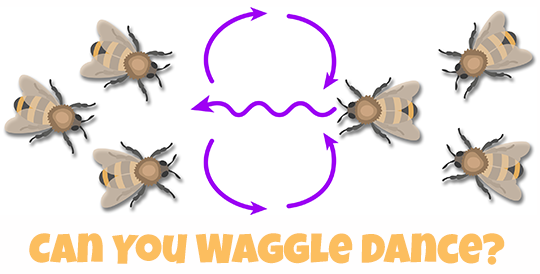
This image is property of askabiologist.asu.edu.
5. Tools and Techniques for Bee Whispering
5.1 Beekeeping Attire and Equipment
To effectively engage in bee whispering, it is essential to have the right attire and equipment. Beekeepers typically wear protective clothing such as beekeeping suits, veils, and gloves to minimize the risk of stings. This protective gear allows beekeepers to work confidently and calmly with their bees, without triggering aggressive behavior. Additionally, specialized tools such as bee brushes, hive tools, and beekeeping smokers are used to handle and interact with the bees in a safe and respectful manner.
5.2 Proper Smoker Usage
The beekeeping smoker is a vital tool in bee whispering, as it helps in calming the bees and minimizing defensive behavior. Proper usage of the smoker is crucial to ensure its effectiveness. Beekeepers should light the smoker and allow it to produce cool, white smoke before approaching the hive. The smoke should be directed towards the entrance of the hive and around the bees, ensuring that it reaches all areas of the hive. By using the smoker effectively, beekeepers can create an atmosphere of tranquility within the hive and facilitate their interactions with the bees.
5.3 Techniques for Handling Bees
Handling bees requires finesse and skill, and beekeepers must employ gentle techniques to minimize stress on the bees. When performing hive inspections or other manipulations, beekeepers should approach the bees slowly and deliberately. Using slow and fluid movements while avoiding sudden jerks or swatting gestures helps maintain a calm environment. Beekeepers should also avoid squishing or harming bees during inspections, as this can trigger defensive responses. By practicing gentle and respectful techniques for handling bees, beekeepers can build trust and foster a harmonious relationship with their colonies.
6. The Connection Between Bee Whispering and Apiary Success
6.1 Building Trust and Respect
Bee whispering plays a significant role in building trust and respect between beekeepers and their bees. By understanding and responding to the needs and behavior of the bees, beekeepers establish a connection based on mutual understanding and trust. This connection allows beekeepers to work alongside their colonies with minimal stress and disturbance, ultimately leading to healthier and more productive hives.
6.2 Effective Hive Management
Bee whispering techniques contribute to effective hive management. By being able to interpret bee behavior and communication, beekeepers can identify potential issues or threats to the hive at an early stage. This allows for prompt intervention, such as providing additional food sources, addressing pest infestations, or preventing swarming. Through effective hive management facilitated by bee whispering, beekeepers can optimize the health and productivity of their colonies.
6.3 Promoting Bee Health and Productivity
Ultimately, the art of bee whispering is focused on promoting the health and productivity of bee colonies. By providing a favorable environment that meets the natural needs of the bees, beekeepers can ensure their well-being. This includes offering diverse forage options, providing clean water sources, and minimizing exposure to harmful pesticides. Beekeepers who excel in the art of bee whispering understand the intricate relationship between bee behavior, environmental factors, and the overall health of their colonies. By prioritizing the well-being of the bees, bee whisperers contribute to the sustainability and productivity of their apiaries.
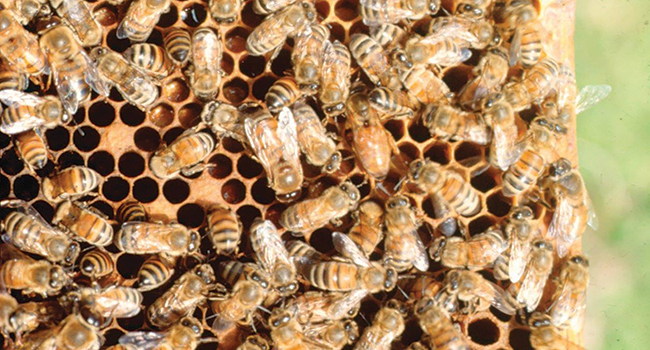
This image is property of www.beeculture.com.
7. Ethical Considerations in Bee Whispering
7.1 Respecting Bees’ Natural Behavior
Ethical considerations are an integral part of bee whispering. One of the key principles is to respect the natural behavior of bees and avoid interventions that disrupt their innate instincts. This includes refraining from excessive manipulation of hives, allowing bees to swarm and reproduce naturally, and promoting genetic diversity within colonies. By recognizing and honoring the natural behavior of bees, bee whisperers contribute to the overall well-being of the species and support their genetic resilience.
7.2 Minimizing Stress and Disturbance
Another essential ethical aspect of bee whispering is the commitment to minimizing stress and disturbance for the bees. Beekeepers should strive to create a calm and peaceful environment during hive inspections and other interactions. Unnecessary aggression or rough handling should be avoided, as it can harm the bees and lead to long-term negative effects on their behavior and productivity. By prioritizing the well-being of the bees and minimizing stress, bee whisperers uphold ethical standards in their practice.
7.3 Sustainable Beekeeping Practices
Bee whispering is closely aligned with sustainable beekeeping practices. By understanding the needs of the bees and promoting a supportive environment, beekeepers contribute to the long-term sustainability of their colonies and the surrounding ecosystems. This includes promoting organic and pesticide-free practices, providing ample forage sources, and implementing integrated pest management strategies. By embracing sustainable practices, bee whisperers demonstrate a commitment to preserving the health of their colonies and the broader environment.
8. Learning and Mastering Bee Whispering
8.1 Becoming Familiar with Bee Species
To excel in the art of bee whispering, beekeepers must become intimately familiar with the species of bees they work with. Different bee species have unique characteristics, behaviors, and communication methods. By studying and understanding the specific traits of the bees in their care, beekeepers can tailor their whispering techniques to effectively engage with the bees. This familiarity allows beekeepers to anticipate the needs and behavior of their colonies, leading to successful beekeeping endeavors.
8.2 Education and Resources
Continual education and access to resources are crucial for learning and mastering bee whispering. Beekeepers can benefit from attending workshops, seminars, and beekeeping courses that focus on bee behavior and communication. Additionally, beekeeping associations and online communities provide a wealth of knowledge and support for beekeepers. By staying informed and continuously seeking new information and resources, beekeepers can enhance their whispering skills and deepen their understanding of bees.
8.3 Practical Experience and Mentoring
Practical experience and mentoring are invaluable for aspiring and experienced bee whisperers alike. Working alongside experienced beekeepers allows individuals to observe and learn firsthand the nuances of bee behavior and communication. This hands-on experience also provides an opportunity to develop the necessary skills for gentle and respectful handling of bees. By seeking out mentors and actively engaging in practical beekeeping activities, beekeepers can accelerate their journey towards mastering the art of bee whispering.
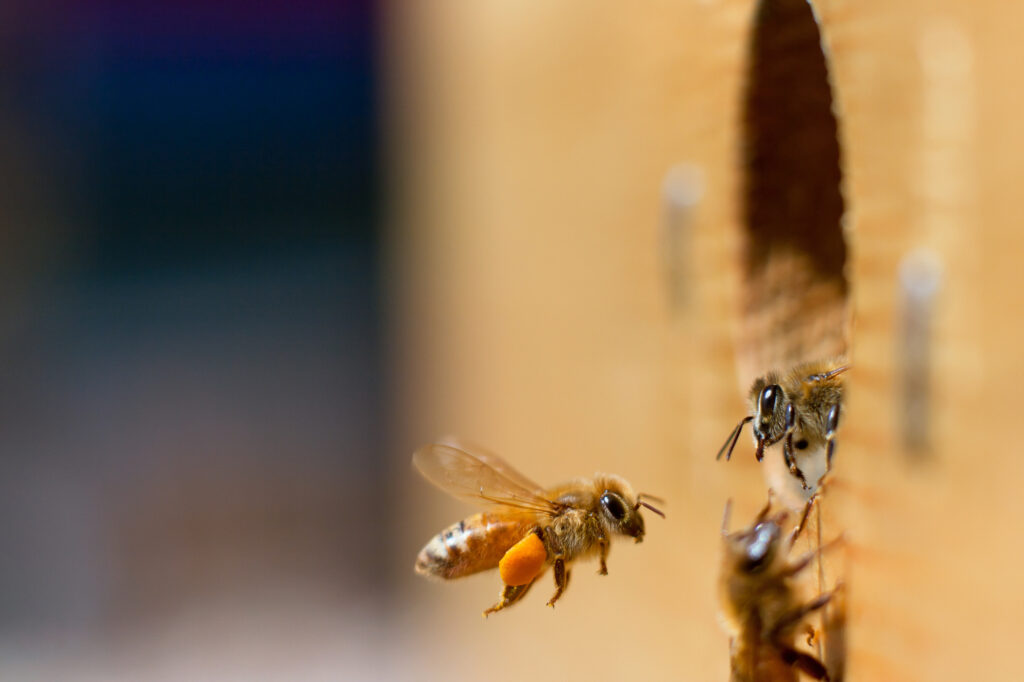
This image is property of www.japantimes.co.jp.
9. Challenges and Risks of Bee Whispering
9.1 Allergic Reactions and Safety Precautions
Beekeeping and bee whispering inherently come with the risk of allergic reactions to bee stings. Beekeepers must take appropriate safety precautions, such as wearing protective clothing and carrying an epinephrine auto-injector if they have a known allergy. Regular monitoring of bee behavior and colony health can also help identify potential issues that may lead to defensive behavior. By prioritizing safety and being prepared for allergic reactions, beekeepers can enjoy bee whispering while minimizing the associated risks.
9.2 Dealing with Africanized Bees
In regions where Africanized bees (also known as “killer bees”) are present, beekeepers must be aware of the unique challenges these bees pose. Africanized bees are known for their increased aggression, defensive behavior, and tendency to swarm. Beekeepers in these areas must exercise extra caution and employ specialized techniques for handling and managing Africanized colonies. Educating oneself about the behavior and characteristics of Africanized bees is crucial for successfully working with these challenging bee populations.
9.3 Addressing Seasonal Challenges
Beekeepers face seasonal challenges that can impact bee behavior and colony health. Extreme temperatures, droughts, and dearths in nectar and pollen availability can all influence the way bees behave. Beekeepers must be attuned to these seasonal variations and adjust their management practices accordingly. Providing supplementary food sources, ensuring adequate hive ventilation, and insulating hives during cold winters are examples of measures that beekeepers can take to mitigate seasonal challenges. By proactively addressing these challenges, beekeepers can support the well-being of their colonies throughout the year.
10. The Future of Bee Whispering
10.1 Technological Advances in Beekeeping
The future of bee whispering is intertwined with technological advancements in beekeeping. Innovative tools and devices are being developed to enhance communication with bees and monitor hive health. For example, sensors can provide real-time data on factors such as temperature, humidity, and sound within the hive, allowing beekeepers to detect potential issues early. Drones equipped with specialized cameras and sensors can also aid in hive inspections and bee behavior monitoring. These technological advances hold great promise for bee whispering, enabling beekeepers to gain even deeper insights into the lives of their bees.
10.2 Implications for Agriculture and Environment
Bee whispering has significant implications for agriculture and the environment. By understanding and influencing bee behavior and communication, beekeepers can optimize pollination services in agricultural settings. This can lead to increased crop yields and improved biodiversity in surrounding ecosystems. Additionally, the use of sustainable beekeeping practices promoted through bee whispering contributes to the preservation and conservation of natural habitats. As the importance of bees in agriculture and ecosystem health becomes increasingly recognized, the art of bee whispering will play a vital role in ensuring sustainable food production and environmental stewardship.
10.3 Inspiring the Next Generation
The art of bee whispering has the power to inspire the next generation of beekeepers, scientists, and environmentalists. By sharing knowledge, fostering curiosity, and promoting the importance of bees, beekeepers can ignite a passion for these fascinating creatures. As more individuals are drawn to the world of beekeeping, the collective efforts towards bee conservation and sustainable practices will amplify. Bee whispering serves as a bridge between humans and bees, allowing us to appreciate and protect these vital pollinators for generations to come.
In conclusion, the art of bee whispering is a multidimensional practice that encompasses understanding bee behavior, effective communication within the hive, and harmonious engagement with bees. It enhances beekeeping practices, promotes bee conservation, and deepens our understanding of the essential role bees play in the pollination process. Through the adoption of bee whispering techniques, beekeepers can build trust and respect with their bees, effectively manage their hives, and prioritize bee health and productivity. Ethical considerations, continuous learning, and practical experience are essential components of mastering the art of bee whispering. Despite the challenges and risks involved, bee whispering holds immense promise for the future of agriculture, the environment, and inspiring the next generation to appreciate and protect these amazing insects.
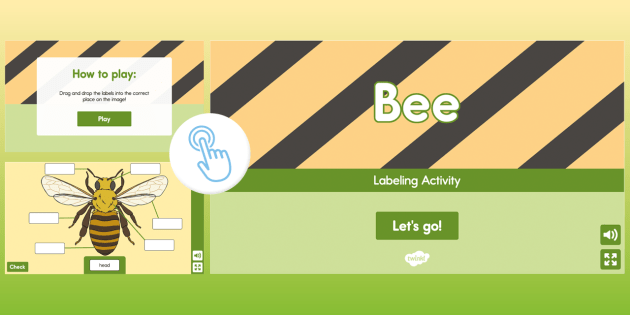
This image is property of images.twinkl.co.uk.